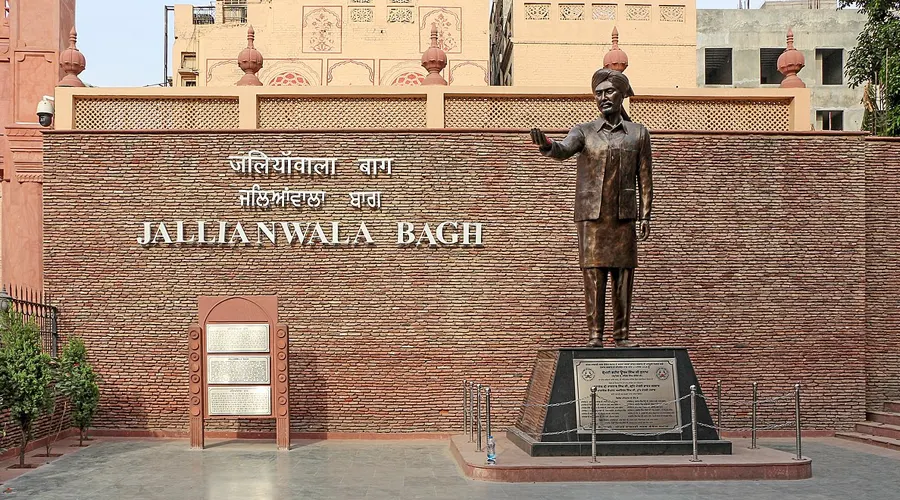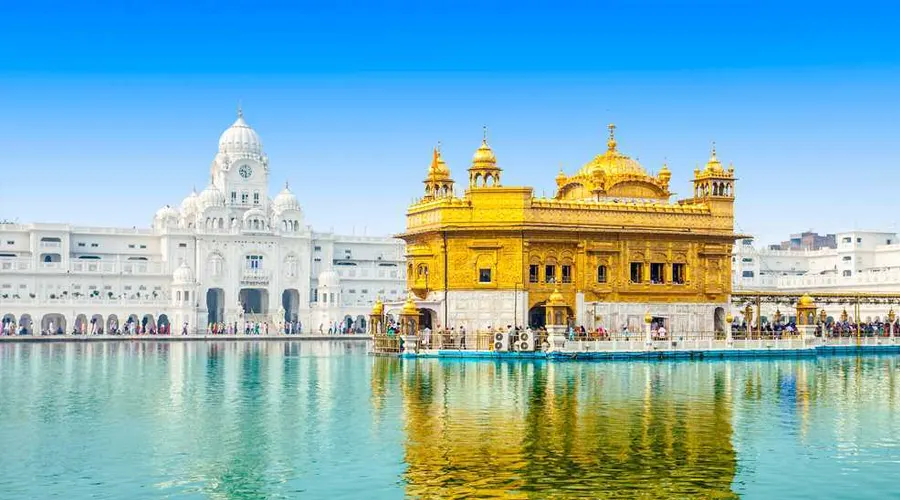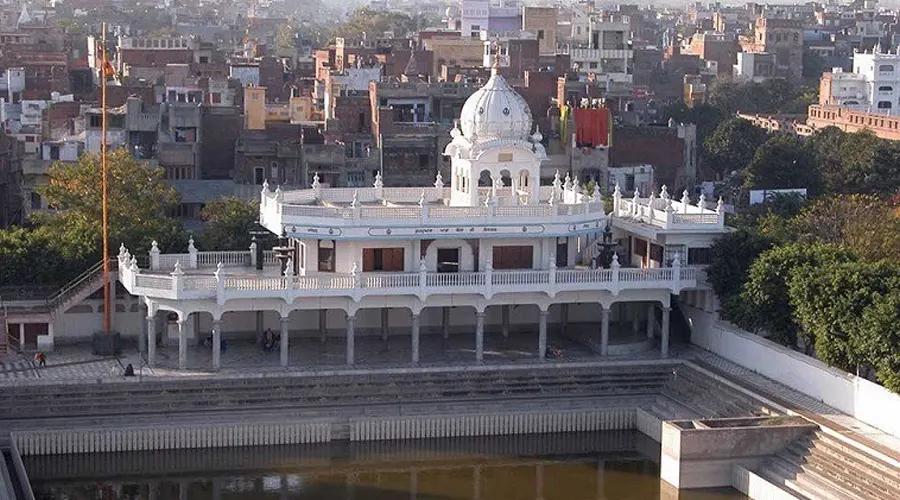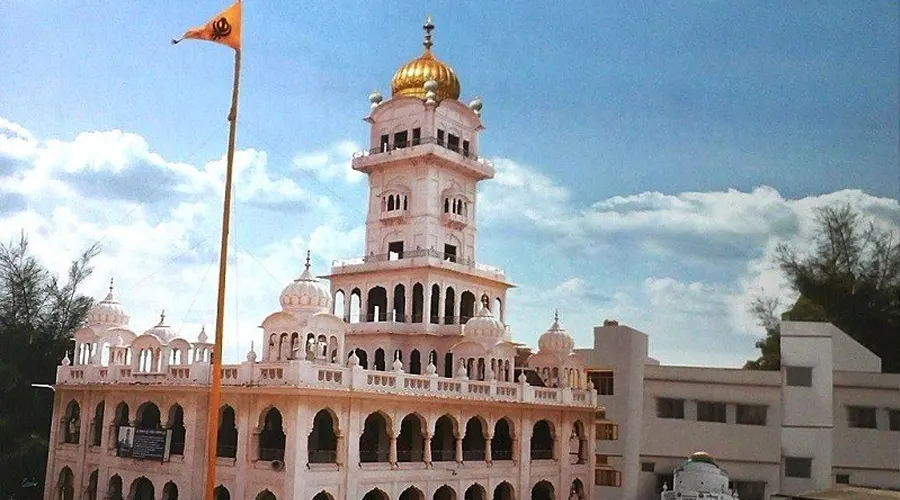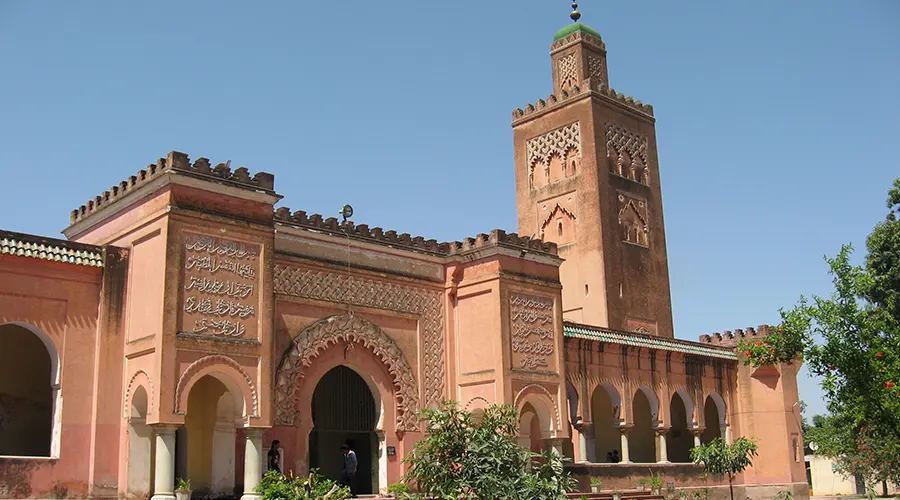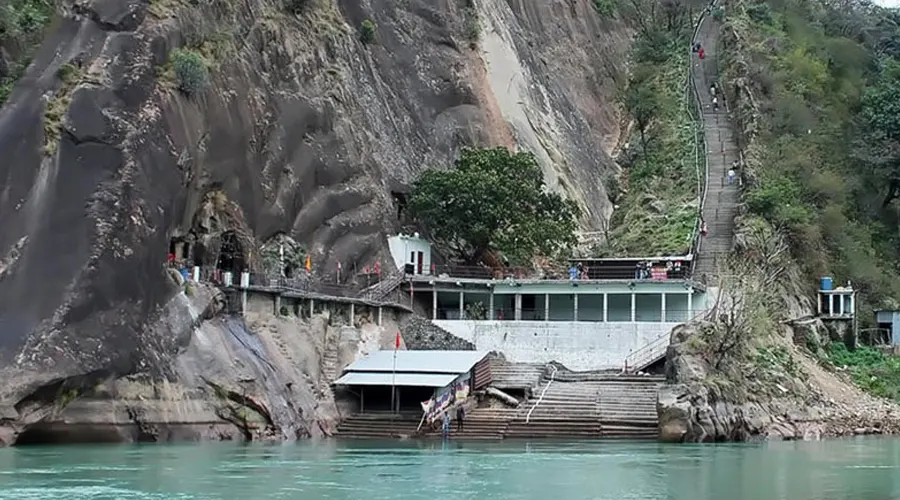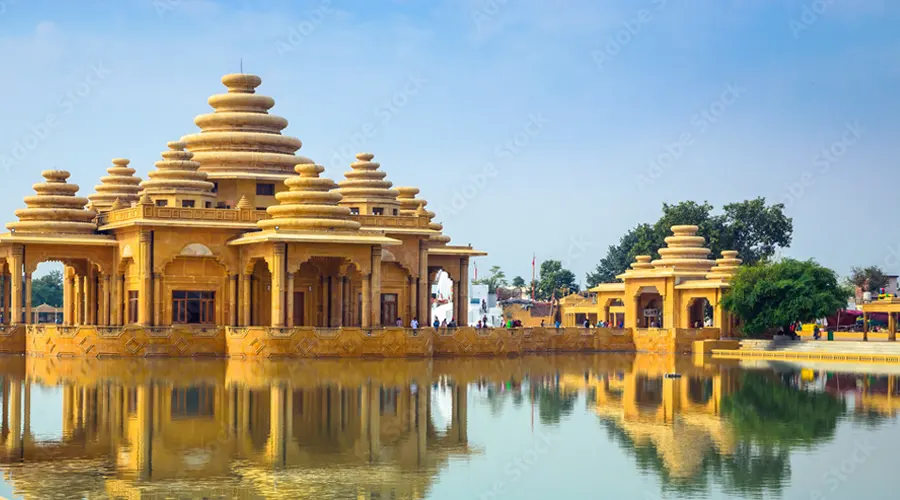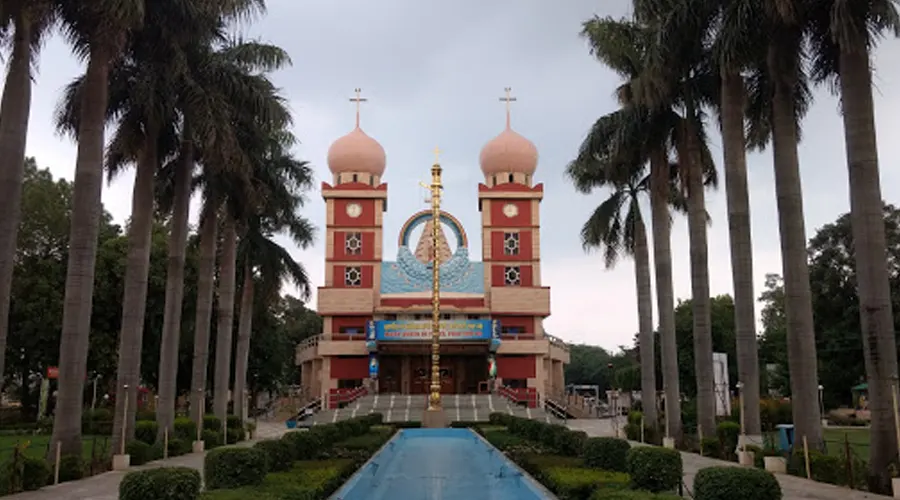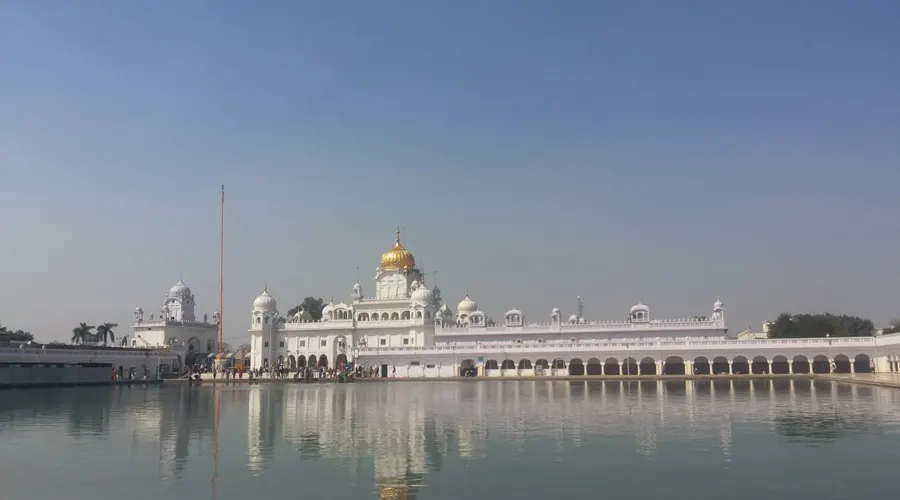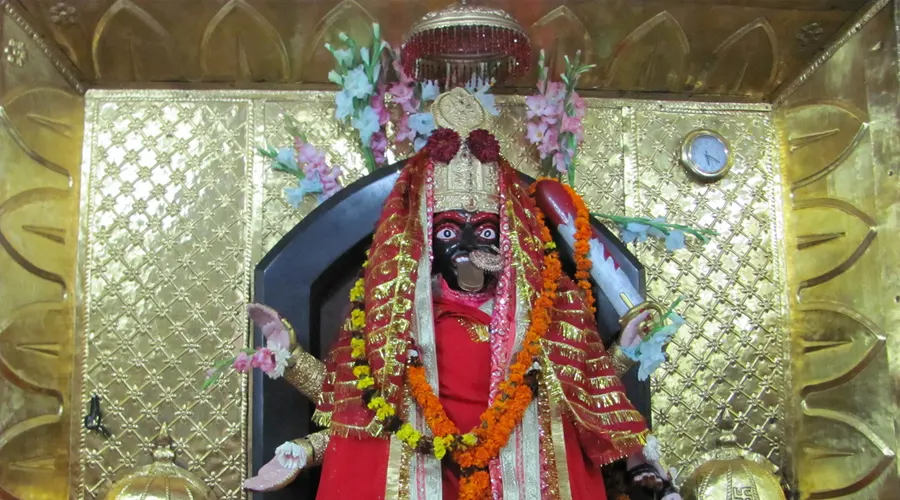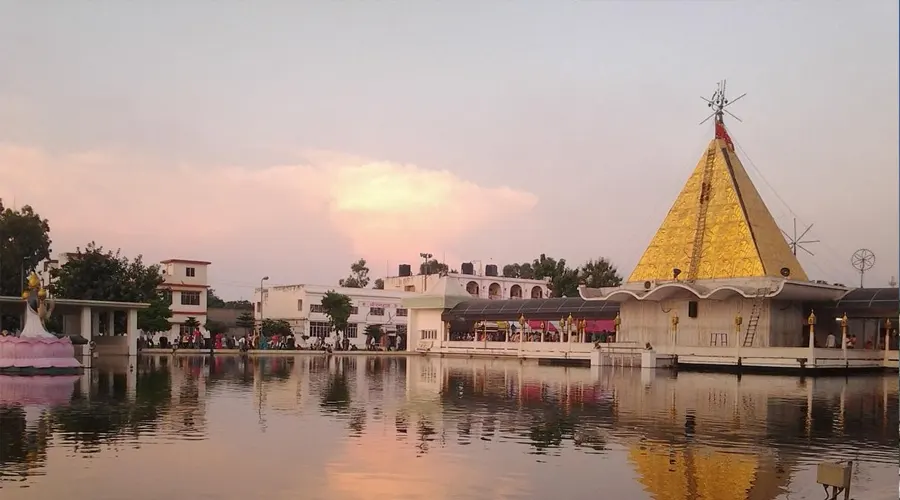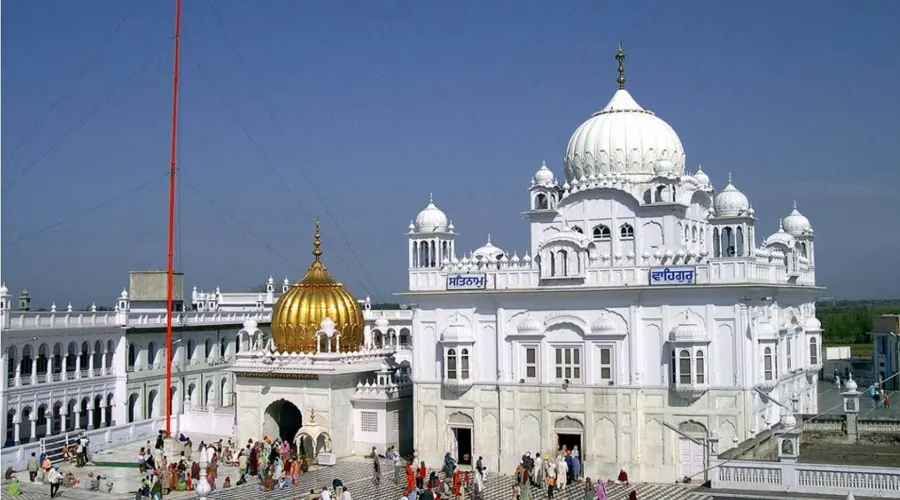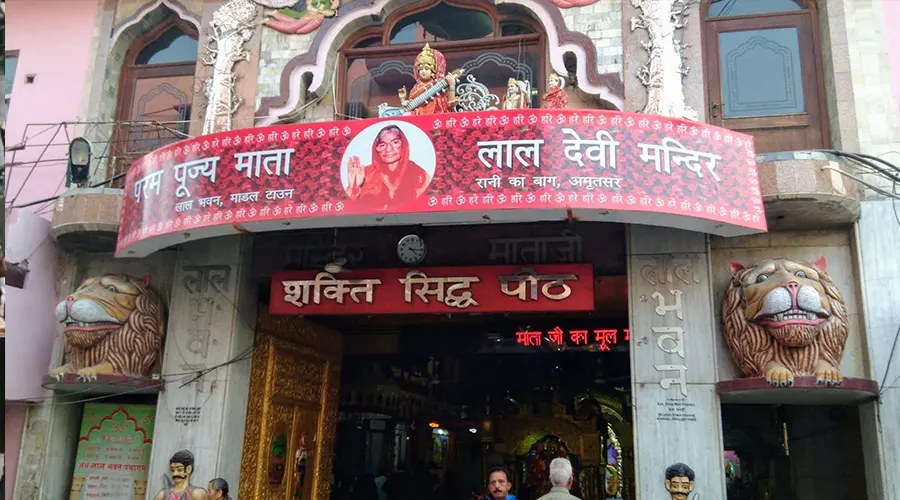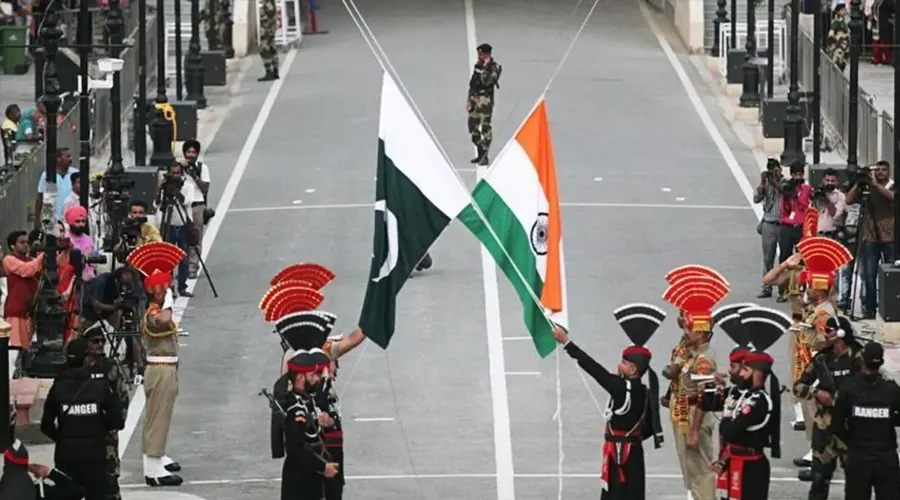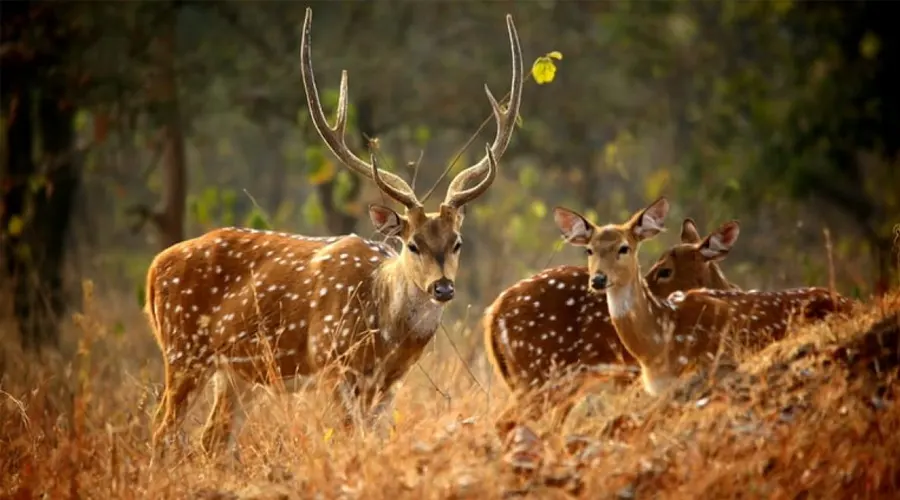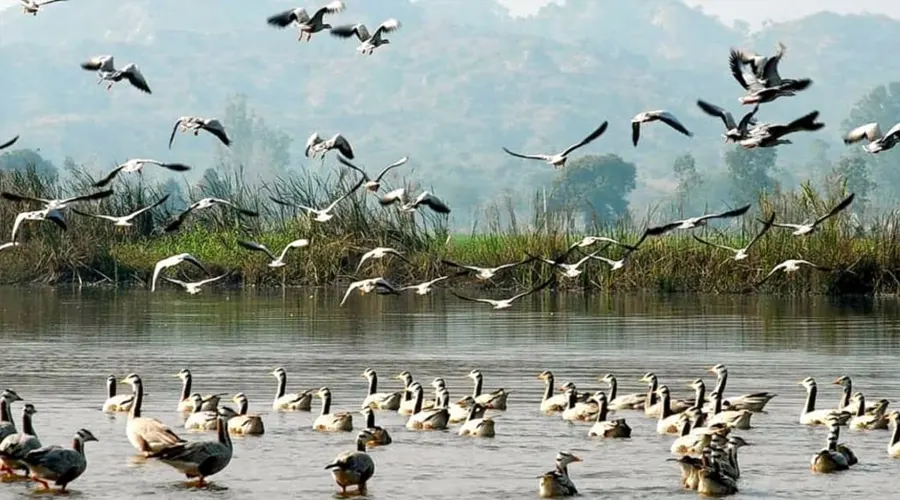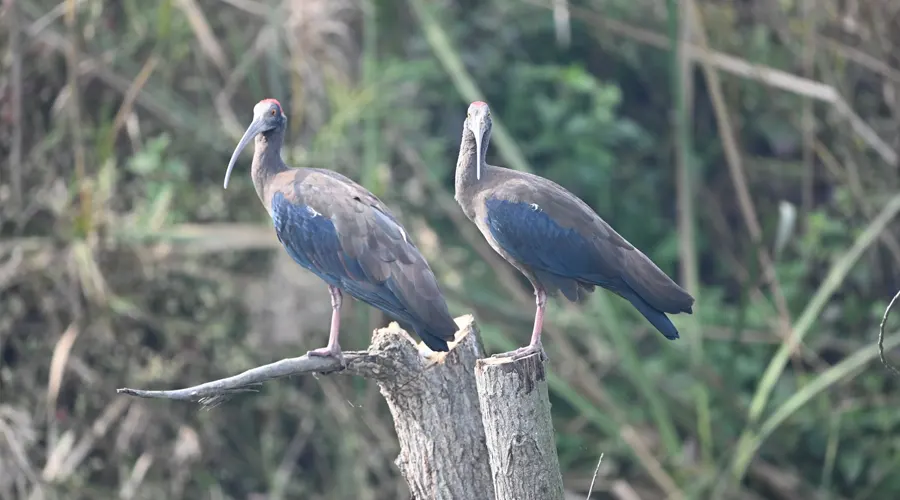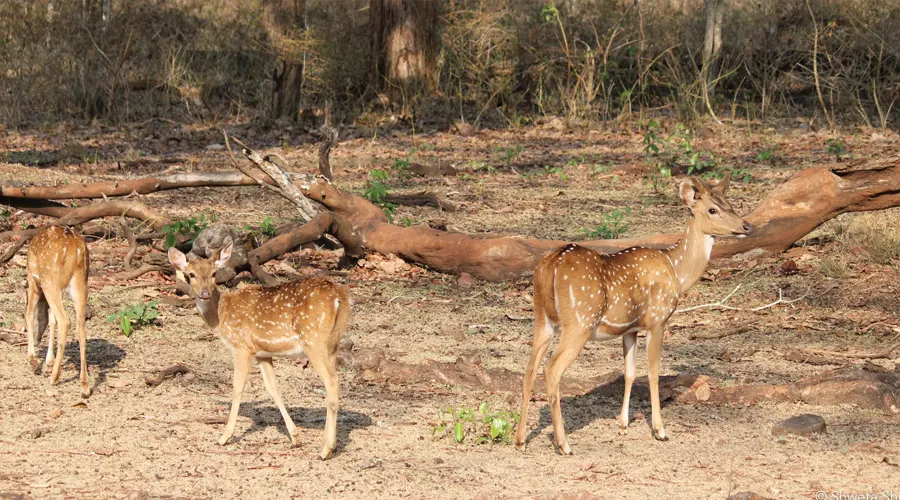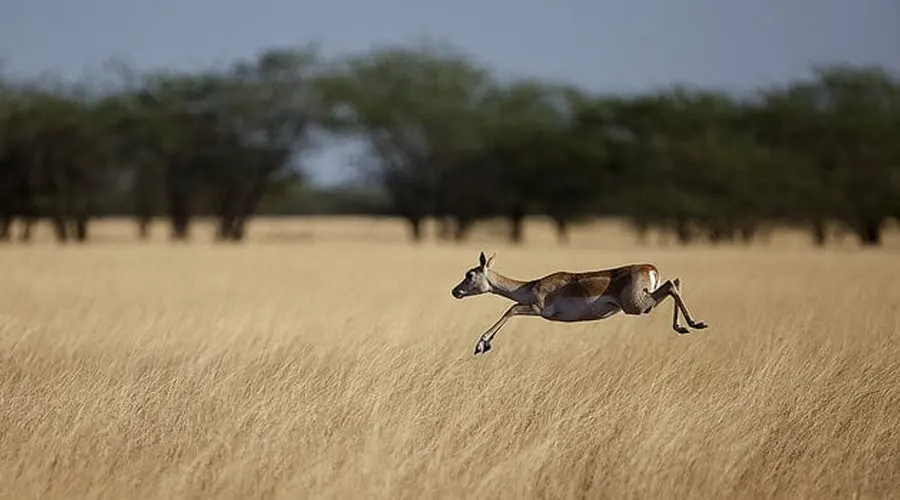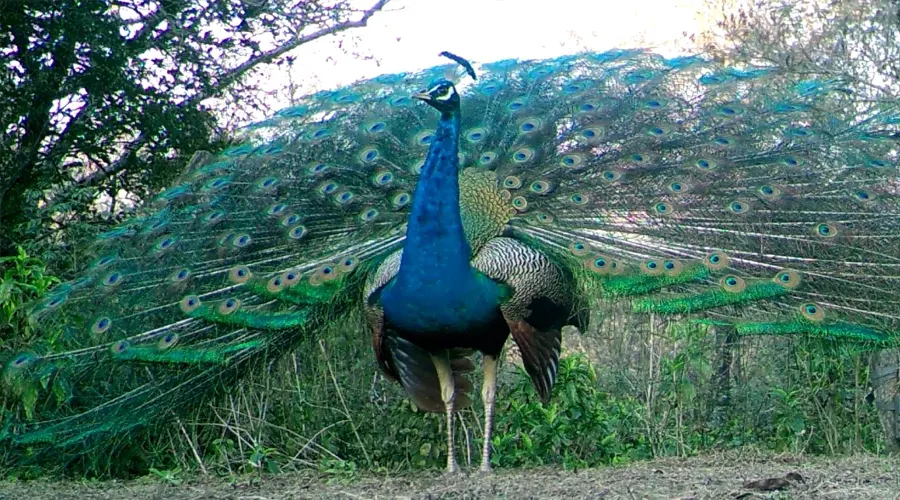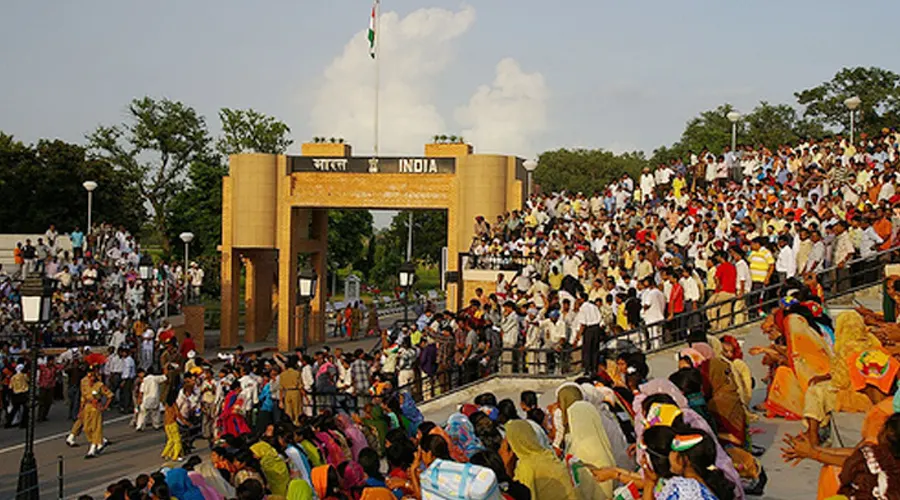Jallianwala Bagh
Located near the famous Golden Temple of Amritsar, Jallianwala Bagh is a public garden that also houses a memorial to commemorate the massacre of peaceful celebrators by the British forces. Spread over 6.5 acres of land, Jallianwala Bagh is associated with one of the saddest days in Indian History when thousands of innocent people were killed on the orders of General Dyer as they gathered for a peaceful celebration of Baisakhi. The place has now been turned into a beautiful park and is managed by the Jallianwala Bagh National Memorial Trust.
There is a memorial tablet at the entrance which serves as a record of history. The tragic incident left a deep scar on the country, and a memorial was constructed post-independence for the innocents who lost their lives in this devastating incident. Established by the government of India in 1951, the massacre memorial was inaugurated by Dr. Rajendra Prasad on 13th April 1961.
Several structures are present inside the premises which resound the atrocities that occurred there. These include a wall that still bears the marks of the bullets that were hurled blindly at the civilians and a well in which many people jumped to save themselves from the onslaught of the bullets. It is estimated that over 1000 Hindus, Muslims, and Sikhs lost their lives in this brutal assault. a narrow alley of immense historical importance passes through here. An air of eerie calm still lingers over the Jallianwala Bagh and gives one a feeling of indescribable sadness and peace.
History
Who built Jallianwala Bagh is still a mystery, but people believe it was once a garden house and private property of Bhai Himmat Singh’s family. However, when that inhumane incident took place, in 1919, Jallianwala Bagh was nothing but a mere piece of land.
The effects of World War I were surfacing in entire India. And apart from inflation and taxation, Punjab also suffered the loss of its boys, who were in the British army. Because of those reasons and many others, the British faced continuous conflicts and protests. As the situation was going out of control, the officials called for Brigadier-General Reginald Dyer. Next, he followed the order, which was to control the situation.
Effective immediately, he issued an order to ban public meetings and gatherings. However, people didn’t know about the notice and instead were preparing to celebrate Baisakhi, which was on that unfortunate day. And more than 10,000 people gathered in Jallianwala Bagh.
When the news reached the ears of General Dyer, he led his troops to the park and blocked the only exit. He then ordered open fire. The unarmed gathering of innocent people, children, and women got caught in the mayhem, having no place to escape. And the slaughter continued for ten minutes or so. The frenzy stopped when the soldiers were out of bullets.
By that time, many people jumped into the nearby water-filled well too, for life. Unfortunately, 120 dead bodies were found in that well later. The British claimed that overall, 379 people were killed, but going by the amount of ammunition Congress said that the General murdered at 1500 people, at least. And what followed after this Jallianwala Bagh incident took place, were various movements for freedom and ultimately, the closure of British rule in India.

